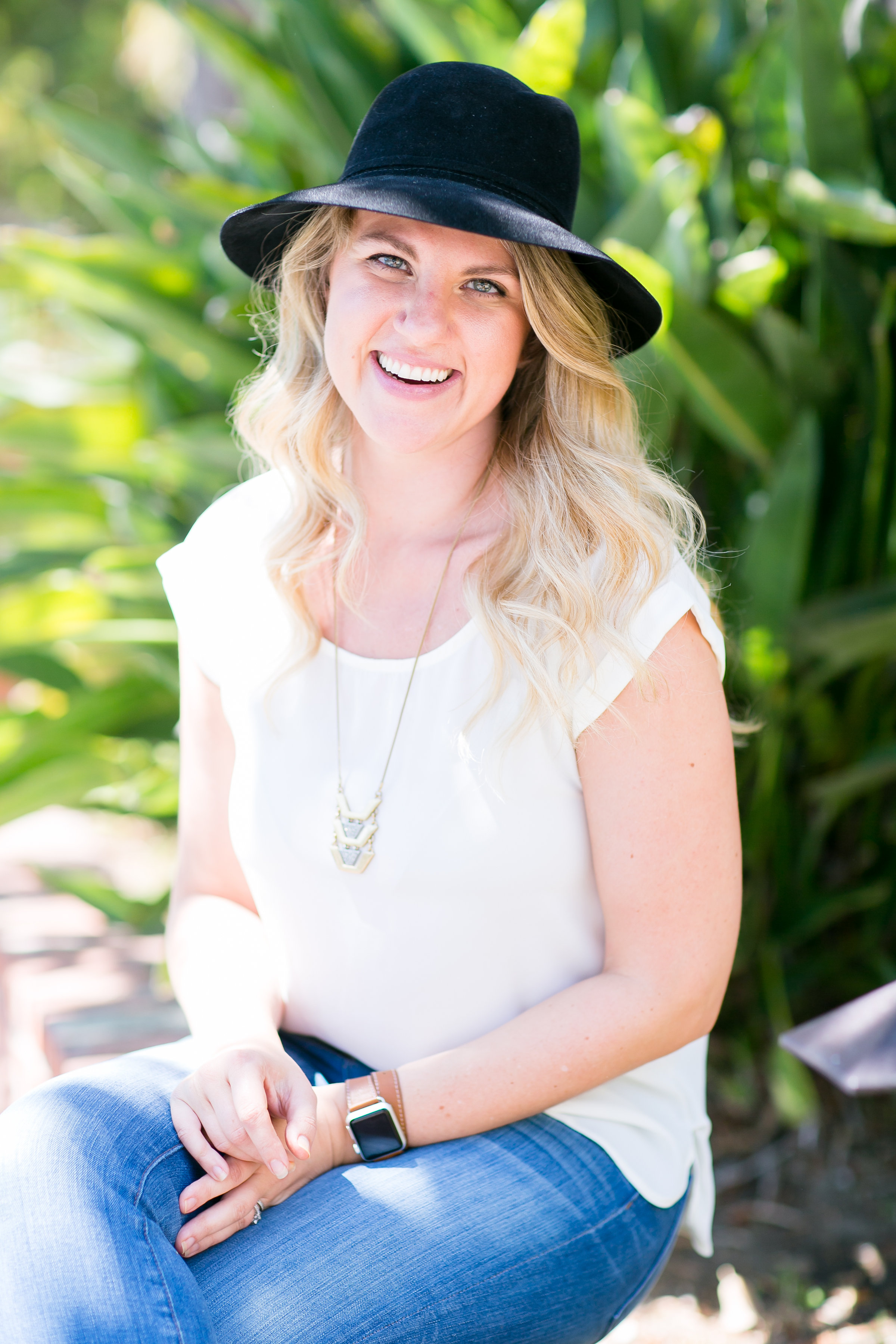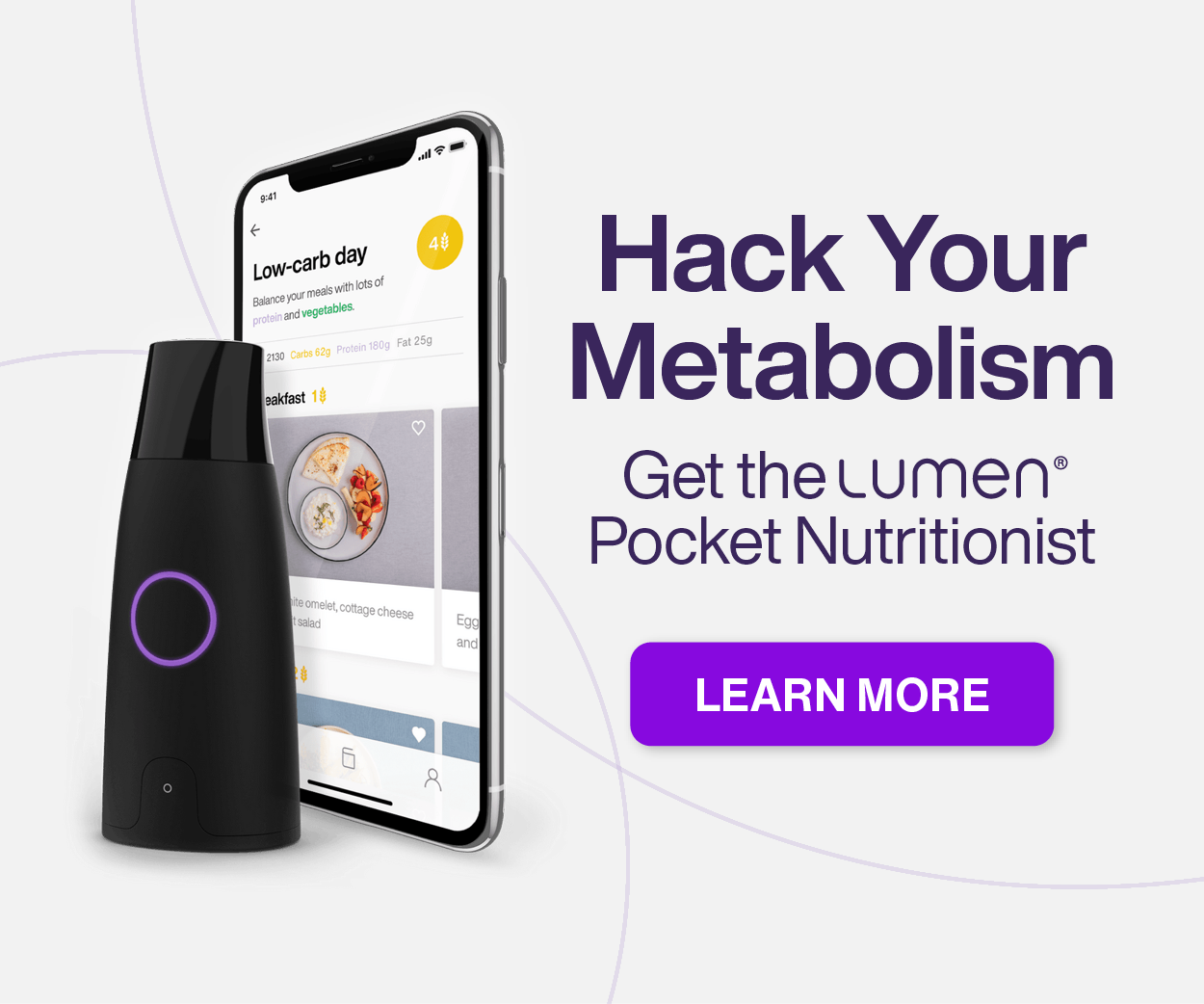By: Natasha Uspensky, CHHC
With all the crazy conflicting ideas about what a healthy diet looks like, I’m sure that on more than one occasion you’ve found yourself staring into your fridge, throwing your hands up and asking “What the hell do I eat?!”
I’ll let you in on a little secret. It is SO much easier than you think it is. Healthy eating does not involve slaving in the kitchen for hours on end, calculating complicated ratios and formulas, or resorting to bland, boring food. I’ll let you in on another secret. You already know how to eat healthy… It’s just a matter of loving yourself enough to do it! (Tweet it!)
The answers are already there, you know them intuitively. It’s making the choice, consistently, every day, to act on that intuitive knowledge that so many of us struggle with. I dealt with the same challenges in my own long journey toward optimal health, but I’ll tell you what did it, what sealed the deal: Experiencing for myself the drastic difference in how I feel when I eat great, delicious, fresh, healthy foods… And when I don’t, opting for what I think is easiest and fastest. The proof is in the pudding, my dears. And until you give yourself that chance, until you commit to listening to your intuition for a solid few weeks or even months, you will continue fighting an uphill battle.
For me, connecting to that intuition daily has become second nature. When I’m home, when I’m out, when I’m on vacation or at my parent’s house, I hold on to that knowledge of what feels good (and makes me look good), and what doesn’t. Now don’t get me wrong. I’ll have an occasional fro-yo (I mean, there’s a Red Mango literally in my building), or share an amazing Neopolitan-style pizza with my hubby; I’ll eat some super yummy goat cheese at a party once in a while, or enjoy a few squares of killer artisanal dark chocolate. But I’ve experienced first hand that when these yummy things enter the picture more often, I feel bloated, tired, and gross. And after a while, it starts to show up on my body as well. It just isn’t worth it! I would rather look and feel amazing than eat cheese, and meat, and sweets, and lasagna, and all that other crap I know, intuitively, does not make my body happy.
So what do I eat? My diet is simple, delicious, and super satisfying. It allows me to eat my favorite foods (with healthy tweaks), eat out at my favorite restaurants, and still maintain my ideal weight.
Breakfast
I have green tea and a green smoothie most days… about 1 cup of organic kale, spinach, or collards; half a cup of fruit (organic berries, pineapple, an apple, or mango); half an avocado; a little handful of nuts or seeds; water and maybe a little squeeze of raw organic agave. That’s it!
On days when I’m in a rush, I’ll just grab two pieces of sprouted grain toast with some raw, organic almond butter.
A couple times a week, if I’m a little hungrier, I’ll have two farm fresh eggs, sunny side up, over spinach with some toast. Or, I’ll have a yummy bowl of steel cut oats or a quinoa porridge with apples, cinnamon, walnuts, and agave.
Lunch
As my private clients will tell you, lunch is the most important (and biggest!) meal of the day. I mix it up, depending on my mood, but I’ll typically have quinoa with veggies (for example: roasted squash, sautéed greens, garbanzos); quinoa pasta with tons of veggies; some seafood and tomatoes over brown rice; or a huge salad with beans, avocado, sunflower seeds, and oodles of seasonal veggies with apple cider vinegar or lemon juice and olive oil (at least a tablespoon).
I make sure to eat my lunch in a calm, relaxed environment, which promotes digestion and metabolism… No rushing through lunch or eating while working!
Dinner
Dinner is nice and light most days of the week, which, as my clients will tell you, is the number one secret to sustainable weight loss and weight management. The great thing about these light dinners is that they are quick and easy, which means we spend less time cooking, and more time hanging out and relaxing. Most evenings, my hubby and I will have soup or a salad, or some cooked veggies (when it’s cold out). Two nights a week, we order in. We love sushi Tuesdays, and always share a “sushi for one” and a roll with miso soup or a salad (depending on the weather). Another night, we’ll order in Thai where my winter favorite is Tom Yum soup… noodles, shrimp, and greens in a yummy spicy broth.
On the weekends, our whole schedule shifts later, so we end up having a late brunch, big, late lunch, and usually we’ll skip dinner altogether. If we go out to eat, we try to make it on the earlier side, and I’ll typically order yummy veggies off the sides menu or we’ll split a veggie or seafood entree and a salad.
You might notice that there aren’t any snacks. I am a firm anti-snacking advocate. If you feel the need to snack, that means your meals (particularly breakfast and lunch) aren’t big enough. If your meals are satisfying and nourishing enough, you won’t feel the need to snack, which means your blood sugar is more stable and your body has the chance to burn fat all day long. You’re also not getting all kinds of unnecessary additional calories throughout the day, nor are you feeling hungry and obsessing about food all day long! Win-win.
You’ll also notice a conspicuous lack of sweets. Occasionally, I’ll have some dark chocolate or a handful of dried fruit. Even more occasionally, I’ll have a little bowl of coconut milk ice cream with some berries. But this happens so rarely that I don’t even include it in my “diet”. How do I do it? By keeping my blood sugar stable, my stress levels managed, and my love tank full ; )
Sounds easy right? Nothing crazy, nothing mind-blowing… just simple, intuitive, healthy eating. You know you can do it too. Need help? Let me know!





























